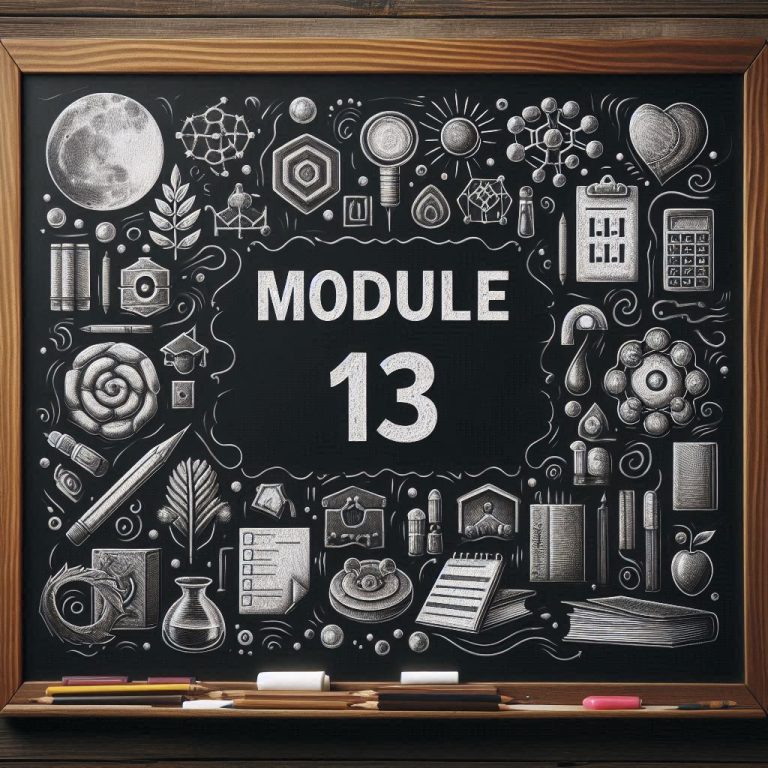Semantic Analysis Terms: A Complete Guide
Semantic analysis examines the relationships between words and their meanings in language. Understanding these key terms helps us analyze how words connect, contrast, and interact to create meaning in communication.
A. Synonyms
Definition: Synonyms are words that have the same or very similar meanings and can often be used interchangeably in sentences without significantly changing the overall meaning.
Explanation: Synonyms provide variety in language and help avoid repetition in writing and speech. While synonyms share core meanings, they may differ in formality, intensity, or connotation. Perfect synonyms (words with identical meanings in all contexts) are rare; most synonyms have subtle differences that make them more appropriate in certain situations.
10 Word Examples:
- Happy / Joyful
- Big / Large
- Fast / Quick
- Smart / Intelligent
- Angry / Furious
- Beautiful / Gorgeous
- Small / Tiny
- Brave / Courageous
- Funny / Hilarious
- Sad / Melancholy
B. Antonyms
Definition: Antonyms are words that have opposite or contrasting meanings. They represent the semantic opposites within the same conceptual domain.
Explanation: Antonyms help create contrast and emphasis in language. There are three main types: gradable antonyms (hot/cold, where degrees exist), complementary antonyms (alive/dead, with no middle ground), and relational antonyms (teacher/student, where one implies the other). Understanding antonyms helps clarify meaning through opposition and creates rhetorical effect in writing.
10 Word Examples:
- Hot / Cold
- Big / Small
- Fast / Slow
- Happy / Sad
- Light / Dark
- Up / Down
- Good / Bad
- Young / Old
- Loud / Quiet
- Rich / Poor
C. Homonyms
Definition: Homonyms are words that share the same spelling or pronunciation but have completely different meanings. They create potential ambiguity in language that context must resolve.
Explanation: Homonyms demonstrate how language efficiently reuses sound patterns and spellings for multiple meanings. They include homophones (same sound, different meaning) and homographs (same spelling, different meaning). Context clues are essential for determining which meaning is intended. Homonyms often create wordplay, puns, and can cause confusion for language learners.
10 Word Examples:
- Bank (river edge) / Bank (financial institution)
- Bark (dog sound) / Bark (tree covering)
- Bat (flying animal) / Bat (sports equipment)
- Bear (animal) / Bear (to carry/endure)
- Fair (just/equitable) / Fair (carnival/festival)
- Lead (metal element) / Lead (to guide)
- Tear (from crying) / Tear (to rip)
- Rose (flower) / Rose (past tense of rise)
- Ring (jewelry) / Ring (circular sound)
- Bow (weapon/ribbon) / Bow (to bend forward)
D. Hyponyms
Definition: Hyponyms are specific words that fall under the category of a more general word (hypernym). They represent the “is-a-type-of” relationship in semantic hierarchies.
Explanation: Hyponyms create taxonomic relationships in language, moving from general to specific categories. This hierarchical organization helps us classify and understand the world through language. For example, “rose” is a hyponym of “flower,” which is itself a hyponym of “plant.” These relationships are crucial for understanding semantic fields and how vocabulary organizes conceptual knowledge.
10 Word Examples:
- Rose (hyponym of flower)
- Apple (hyponym of fruit)
- Sedan (hyponym of car)
- Novel (hyponym of book)
- Sparrow (hyponym of bird)
- Oak (hyponym of tree)
- Violin (hyponym of instrument)
- Crimson (hyponym of red)
- Mansion (hyponym of house)
- Blizzard (hyponym of storm)
E. Collocations
Definition: Collocations are words that frequently appear together in natural language, creating conventional word partnerships that native speakers recognize as normal and expected combinations.
Explanation: Collocations follow patterns of typical usage rather than strict grammatical rules. They make language sound natural and fluent. Strong collocations are difficult to substitute (we say “heavy rain,” not “weighty rain”), while weak collocations allow more flexibility. Learning collocations is essential for achieving native-like fluency and avoiding awkward word combinations that are grammatically correct but sound unnatural.
10 Word Examples:
- Make + decision
- Heavy + rain
- Strong + coffee
- Pay + attention
- Take + advantage
- Break + news
- Catch + cold
- Do + homework
- Keep + promise
- Save + time
F. Idioms
Definition: Idioms are fixed expressions whose meanings cannot be understood from the literal definitions of their individual words. The figurative meaning of the whole phrase differs from the sum of its parts.
Explanation: Idioms are culturally specific expressions that must be learned as complete units. Their meanings are established through conventional usage rather than logical composition. They add color and expressiveness to language but can be challenging for non-native speakers because their meanings are not predictable from the individual words. Idioms often reflect cultural values, experiences, and ways of thinking.
10 Word Examples:
- “Break a leg” (good luck)
- “Spill the beans” (reveal a secret)
- “Hit the hay” (go to sleep)
- “Under the weather” (feeling sick)
- “Piece of cake” (very easy)
- “Cost an arm and a leg” (very expensive)
- “Kill two birds with one stone” (accomplish two things at once)
- “Let the cat out of the bag” (accidentally reveal information)
- “Bite the bullet” (face a difficult situation)
- “Burning the midnight oil” (working late into the night)
Conclusion
These semantic relationships demonstrate the complexity and richness of language. Understanding synonyms, antonyms, homonyms, hyponyms, collocations, and idioms enhances both comprehension and expression, making communication more precise, natural, and effective. Each type of relationship serves different functions in creating meaning and connecting ideas within the intricate web of language.



